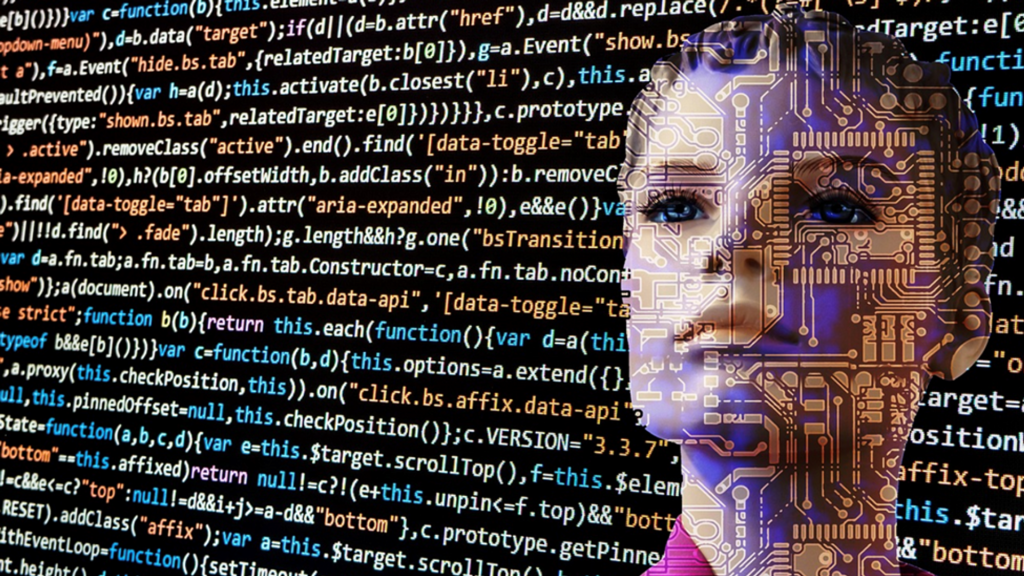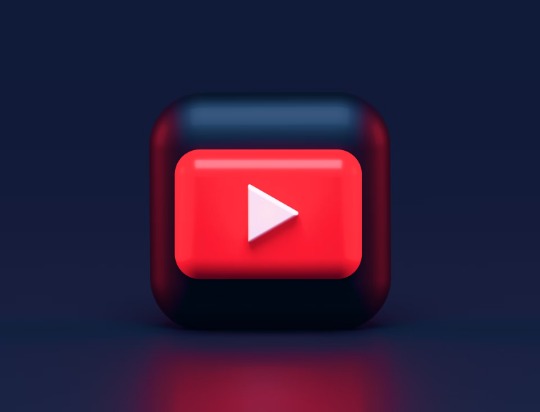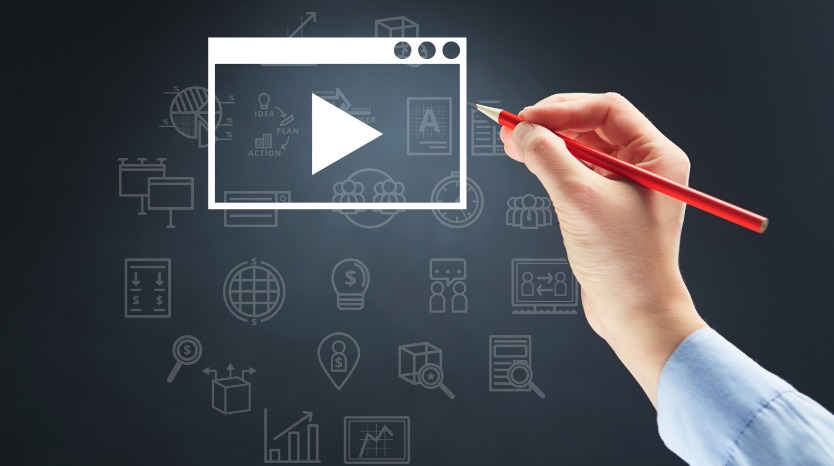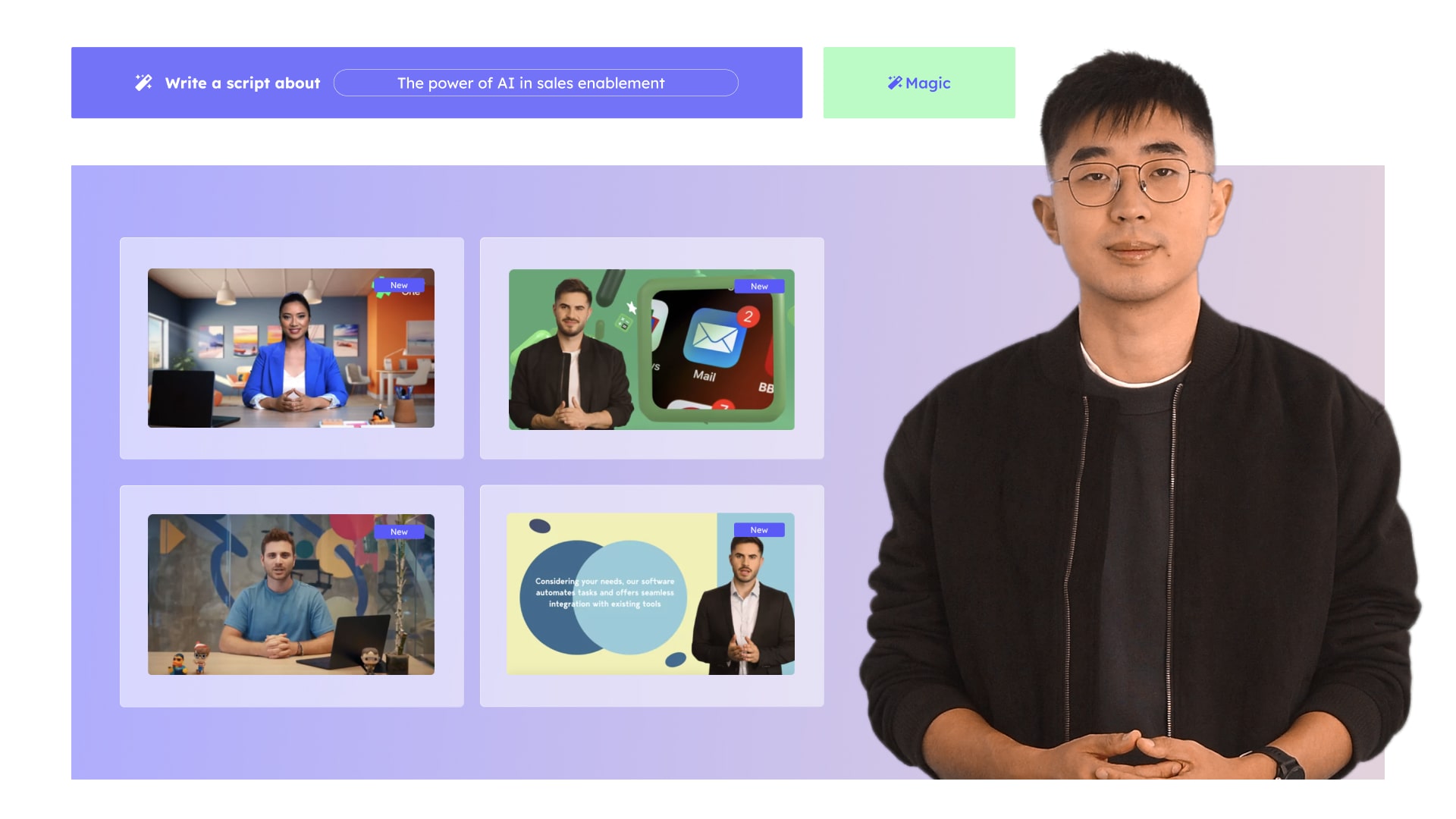Artificial Intelligence (AI) technology has given rise to dramatic and unprecedented advancements in video translation systems. In the past, video translation was limited to providing a basic, word-for-word translation. With AI technology, video translation can now provide a more accurate and natural translation by understanding the context of the conversation.
The largest companies in the world use video translation technology to improve the quality of online video presentations. As a result, companies can now reach a diverse audience across multiple markets. AI video translation can also improve customer service by providing real-time translations of customer inquiries. Additionally, this technology can improve the accuracy of subtitles and closed captions.
The Challenge: Create One Video in Multiple Languages Instantly
Companies can now create a marketing video that is spoken flawlessly in many different languages. This development represents a tectonic shift in the industry, and it’s all thanks to advanced AI technology. The global marketplace is a hive of activity, but there are challenges in each different market. Catering to specific sectors can prove burdensome, with prohibitive costs in video marketing initiatives. It’s a game-changer when companies introduce AI-generated, presenter-led videos with multilingual functionality.
It’s now possible to communicate in many different languages at the click of a button. Furthermore, a composite video is easily narrated professionally in any voice and language. Natural Language Generation (NLG) is one such example of sophisticated software that can generate natural language. It uses AI programming to create written and spoken narratives from a dataset. With AI-generated presenter-led videos, the result is a translation that is both accurate and fluent. As a result, companies turn to AI hyperreal videos to improve communication with their target markets.
What Exactly Is Video Translation?
Companies create videos all the time. These are embedded online as training videos, product videos, onboarding videos, introductory videos, and general information dissemination videos. Video translation is the elaborate process of translating a video from one language into another language using various techniques. These broadly include the following options:
- Direct Translation: This is the simplest form of translation, and it involves translating the text of a video word-for-word into another language. Direct
translation is often used for subtitles and closed captions. - Indirect Translation: This is a more complex form of translation, and it involves translating the meaning of a video rather than the text. Indirect
translation is great for video narration and marketing videos. Machine Translation: This is a type of translation that uses algorithms to translate the text of a video. It
applies to real-time translations of customer service inquiries. - AI Translation: This is a type of translation that uses artificial intelligence to translate the meaning of a video. AI translation is great for video
narration and marketing videos.
There are different ways of presenting translated content, notably:
- Video Dubbing replaces the original audio in the online video with new content to match the target audience’s language. Old-school dubbing techniques
were almost always unsynchronized with the actor/presenter/host’s lip movements. New-age dubbing methodology is substantially improved. - Video Transcription – a transcription usually includes timestamps that neatly layout each topic under discussion.
- Translated Subtitles are a cost-effective way of providing translated video content. On-screen subtitles feature in the target audience’s native
language. While this detracts somewhat from watching the on-screen content, it is an effective way to meet the needs of the hearing-impaired. - Voiceover Narration – the narration follows the original video content to create a new and improved final version.
It’s important to provide your target market with a localized video version. That means translating the video and incorporating all necessary changes to make it as effective as possible. Unfortunately, budget restrictions weigh heavily on companies looking to provide videos for multiple target markets. Fortunately, technological advancements have sharply reduced costs and lead time to ensure that companies create professional presenter-led videos in double-quick time.
Video translation technology must prioritize these features to be successful:
- Localization includes cultural references, appropriate diction, and professionally delivered content for each target market.
- Search Engine Optimization (SEO) – Believe it or not, professionally translated videos that use AI technology can be SEO optimized. Once again, it boils down to localized content, language nuances, and the applicable diction, phrases, terms, humor, and cultural references; the more accurate the video translation technology, the better the SEO.
- Accurate Translated Content – a production effort will flop if the translated material is inaccurate, improper, or flat-out wrong. Native speakers should be involved in the process at some level to ensure greater accuracy. With AI-generated translated content, native speakers should have input in creating the synthesized content’s planning and preparation stages.
AI Technology and Video Translation Services
Machine learning systems are growing at a steady clip. In the infancy stages of AI, errors were commonplace. Nowadays, the level of sophistication available with natural language generation and other AI-generated content is beyond belief. Today, it’s entirely possible to create hyperreal presenter-led videos which use synthesized characters to flawlessly deliver a product review, introduction to a company, training video, our recruitment drive. Video translation technology is increasingly important as part of company marketing initiatives.
Consider that in 2019, an overwhelming number of IT community experts in the UK (89%) intimated that video audio translation and real-time translation technology would advance dramatically in the next decade. IT professionals all over the world share this sentiment. So it comes as no surprise that AI has upended traditional systems, supplanting the production studios of yesteryear with all their cumbersome, expensive, and lengthy production frameworks.
A rudimentary search on Google, Yahoo, Bing, or Safari for video translation apps yields a surprisingly large number of results. There are two options in this regard – outsourcing to professional video translators at a high cost or using other video translation tools and resources readily available online. The Internet is awash with searches for YouTube video translation software, online video translation software, subtitle translations, and similar options. AI technology is leading the way as the most professional and cost-effective video translation service for companywide marketing initiatives.
Are Human Translators Better Than AI Translated Video Content?
For many years, human translators were the gold standard as far as video translation goes. Enter 2022, and it’s all about artificial intelligence translation services. There was a professional translation contest held in South Korea in 2017. There were five professional translators on one side, and on the other side, machines were translating the content. The human translators provided much better quality content, but the machines quickly produced mediocre content. In barely five years, AI has advanced at such a rate that the overall quality has improved dramatically. When speed, quality, and accuracy of content increase simultaneously, it is clear that AI content is rapidly gaining the upper hand.
Localized video content is in demand. While countries still have borders, the Internet functions in a frictionless system where e-commerce activities are available to everyone on the web. For this reason alone, there have been dramatic improvements in how localized video content is delivered to target markets. When translating video content using AI, all that’s needed is the original script. The consistency of video translation services relies on common phrase lists, technical terminology, and a glossary of terms. Many companies opt for specialist human translators with highly complex material such as medical procedures, scientific journals, physics, or other complex subject-area-specific content.
The complexity of the material can be a defining factor when deciding between human translators and AI-translated video content. It’s not simply about the language proficiency and the technical skills involved. The original translations must be appropriate for their target market. This process is known as intelligent editing. It ensures that the phrases, idioms, diction, tone, and content delivery meet requirements. This methodology applies to machine learning for all versions of the translation software. With machine learning, every iteration (change) is absorbed into the self-learning engine and remembered next time. It builds this huge database, ensuring that the same mistake isn’t corrected a second time.
Statista found that 25.3% of global Internet use is English. Not far behind English is Chinese video consumption at 19.4%. A startling statistic pertains to the type of content that global audiences consume. Cisco found that in 2019 a staggering 80% of Internet traffic was video. Companies must optimize video for the target market’s language for all these reasons. The accuracy, appropriateness, and delivery of these translated videos are sacrosanct. That’s why we’re seeing such a rush to video translation technology in company marketing initiatives.
Follow our blog for the latest updates on video translation services, synthesized video, and hyperreal presentations.








